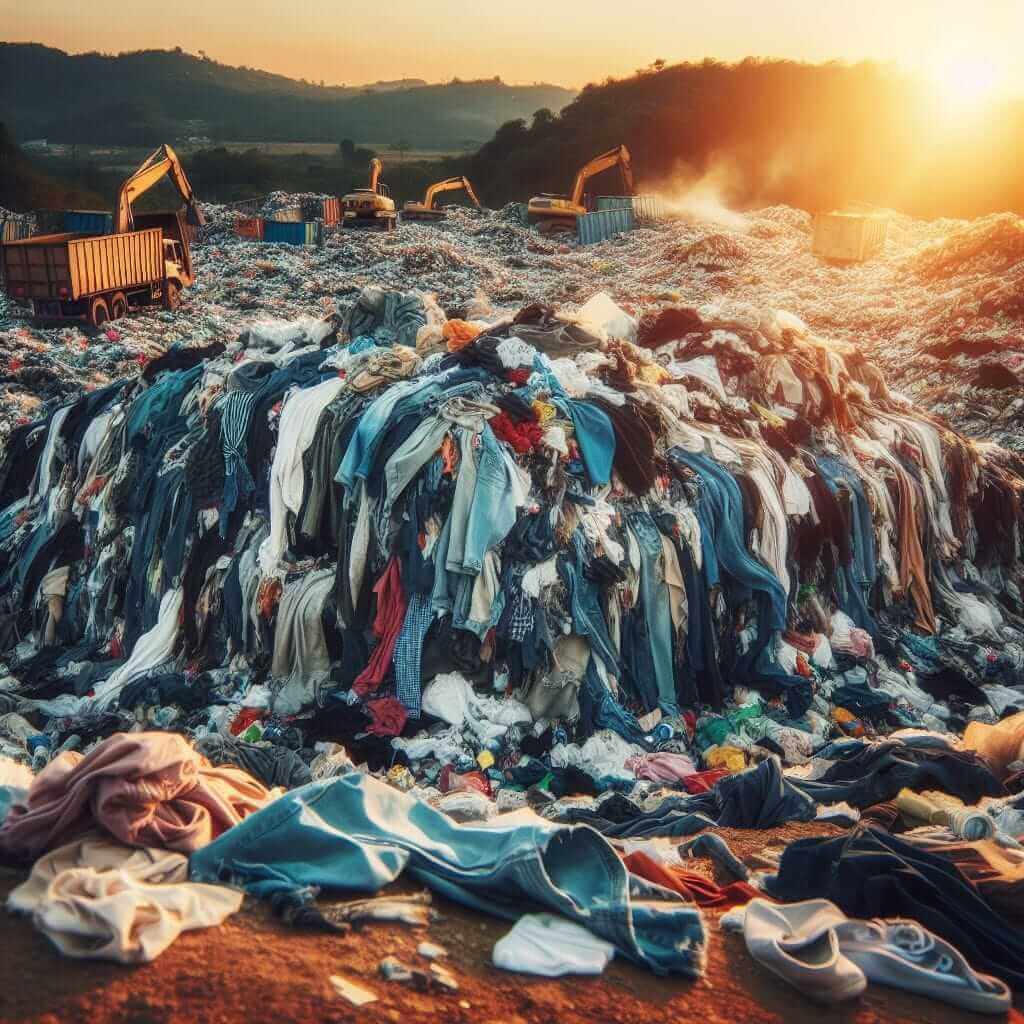The IELTS Reading test is a challenging component of the exam, requiring candidates to comprehend and analyze various texts under significant time pressure. Topics like the environmental impacts of fast fashion are increasingly relevant and have previously appeared in IELTS exams. Given the global concern around sustainability, this theme is likely to recur. In this article, we aim to provide a comprehensive reading practice material based on the topic “What are the environmental impacts of fast fashion?” This includes detailed passages, questions, and answers to help you prepare efficiently.
Reading Passage: The Environmental Impacts of Fast Fashion
Medium Text
Fast fashion refers to the rapid production of inexpensive clothing by mass-market retailers in response to the latest trends. While this business model democratizes fashion, making it accessible to a wider audience, its environmental repercussions are significant. This article delves into the various ways fast fashion impacts the environment.
Firstly, the fast fashion industry is notorious for its massive carbon footprint. The production processes involve the extensive use of fossil fuels, not just in the manufacturing stage but also in the transportation of goods globally. For instance, polyester, the most common fabric used in fast fashion, is derived from petroleum. The textile dyeing process, a major phase in clothing production, also contributes heavily to water pollution. In fact, it’s estimated that the fashion industry is responsible for 20% of global wastewater.

Additionally, the sheer volume of clothing produced by fast fashion brands leads to substantial waste. Clothes are often discarded after a few uses due to the low durability of fast fashion garments. According to the Ellen MacArthur Foundation, one garbage truck of textiles is landfilled or incinerated every second. This disposal method not only wastes valuable resources but also releases toxic chemicals into the environment.
Moreover, the exploitation of natural resources is another significant concern. The cultivation of cotton, for example, a favored material in the fashion industry, requires large amounts of water. It takes about 2,700 liters of water to produce a single T-shirt. This excessive water usage contributes to the depletion of freshwater resources, causing dire consequences for ecosystems and communities reliant on these water sources.
In conclusion, while fast fashion offers consumers affordable and trendy clothing, the environmental costs are staggering. The industry’s carbon emissions, water pollution, textile waste, and resource exploitation collectively wreak havoc on the planet. As awareness of these impacts grows, there is increasing pressure on both manufacturers and consumers to adopt more sustainable practices.
Questions
Multiple Choice
-
What is the most common fabric used in fast fashion?
- a) Cotton
- b) Polyester
- c) Wool
- d) Silk
-
What percentage of global wastewater is attributed to the fashion industry?
- a) 10%
- b) 20%
- c) 30%
- d) 40%
True/False/Not Given
- One of the primary effects of fast fashion is an increased carbon footprint.
- The fashion industry contributes to 50% of global water pollution.
Matching Headings
-
Match the following sections of the text with the appropriate heading:
-
a) Textile Waste
-
b) Use of Fossil Fuels
-
c) Excessive Water Usage
-
i. The production processes involve the extensive use of fossil fuels.
-
ii. Large amounts of water are needed to cultivate cotton.
-
iii. Substantial waste is produced due to low durability of garments.
-
Answer Keys
Multiple Choice
-
b) Polyester
Polyester is the most common fabric used in fast fashion due to its affordability and versatility. -
b) 20%
The fashion industry is responsible for 20% of global wastewater.
True/False/Not Given
-
True
The passage discusses how fast fashion increases the industry’s carbon footprint. -
Not Given
The text does not state that the fashion industry contributes to 50% of global water pollution.
Matching Headings
-
- i. b) Use of Fossil Fuels
- ii. c) Excessive Water Usage
- iii. a) Textile Waste
Common Mistakes
When tackling the reading section in the IELTS exam, candidates often face these pitfalls:
- Overlooking Keywords: Important terms or figures in the text may be missed, leading to incorrect answers.
- Time Management: Spending too much time on one section and rushing through others can affect overall performance.
- Misinterpreting Questions: Not understanding the precise requirement of the question, which affects the accuracy of answers.
Key Vocabulary
- Carbon Footprint (noun) [ˈkɑːrbən ˈfʊtprɪnt]: The total emissions of carbon dioxide released into the atmosphere.
- Polyester (noun) [ˌpɒliˈestə(r)]: A synthetic fabric made from petroleum.
- Textile Dyeing (noun) [ˈtekstaɪl ˈdaɪɪŋ]: The process of applying color to fabric.
- Freshwater Resources (noun) [ˈfreʃˌwɔːtə rɪˈzɔːsɪz]: Natural water sources that are not salty.
Grammar Focus
- Relative Clauses: Used to provide additional information about a noun.
- Example: “The production processes, which involve the extensive use of fossil fuels, significantly impact the environment.”
- Passive Voice: Common in academic texts to emphasize the action rather than the doer.
- Example: “Large amounts of water are needed to produce a single T-shirt.”
Tips for IELTS Reading Section
- Practice Skimming and Scanning: Develop the skill to quickly locate information within the text.
- Underline Keywords: Mark important words or phrases in the question to stay focused.
- Understand the Question Types: Familiarize yourself with various question formats to improve efficiency.
- Time Management: Allocate time wisely for each passage, ensuring no section is left incomplete.
By following these strategies and practicing with realistic reading materials, you can enhance your comprehension skills and improve your performance in the IELTS Reading test.